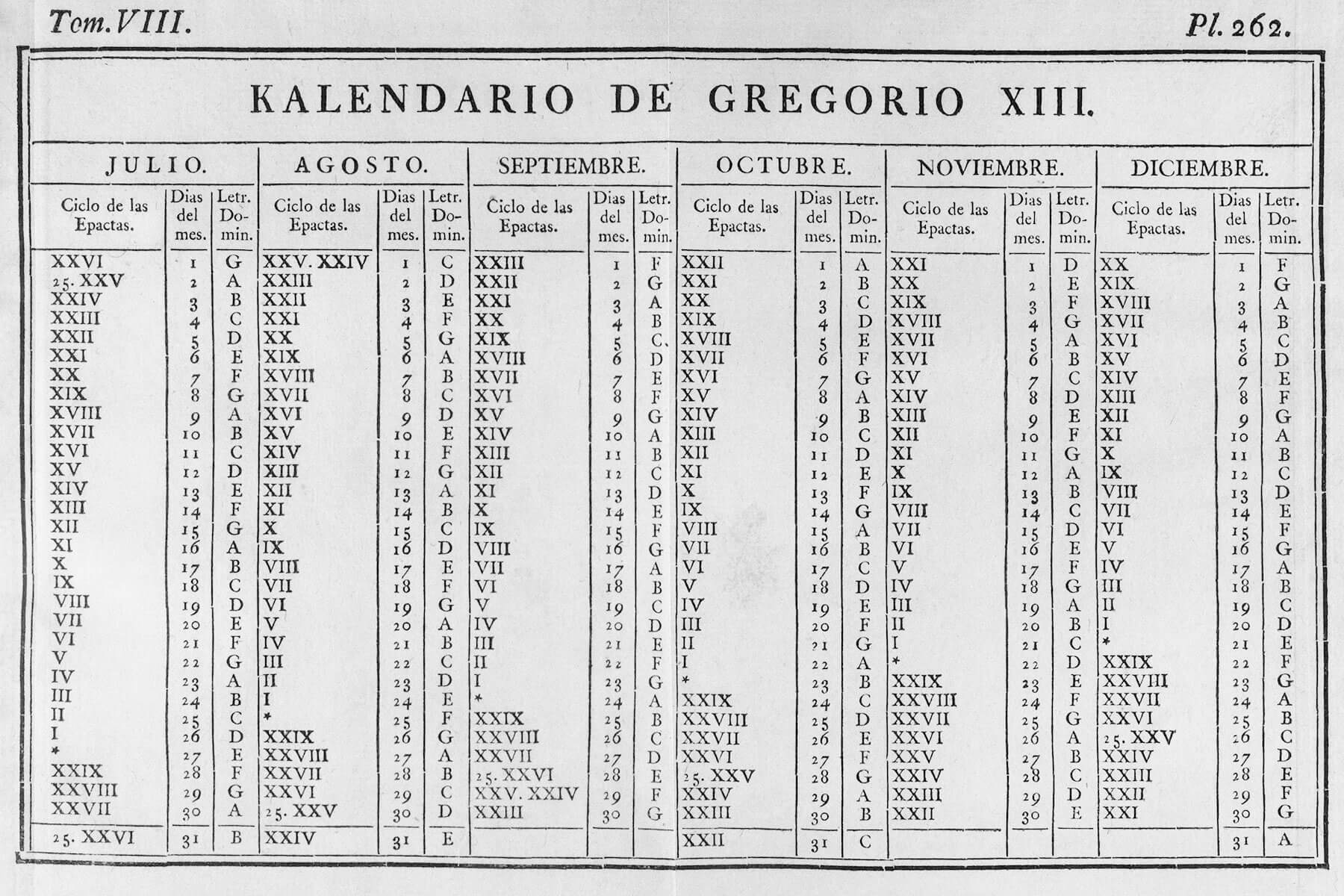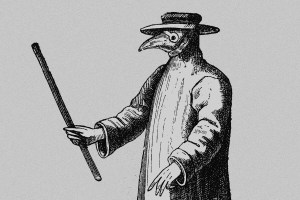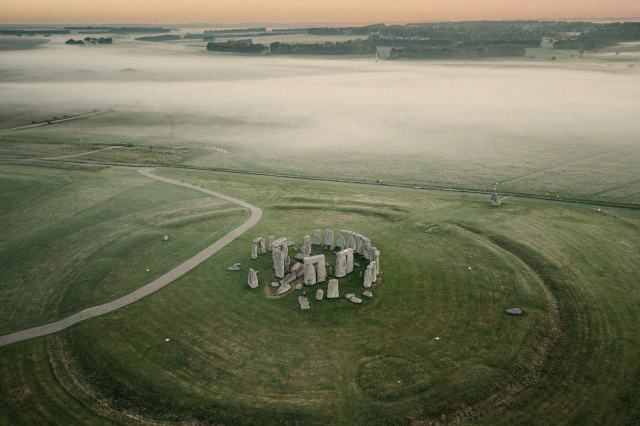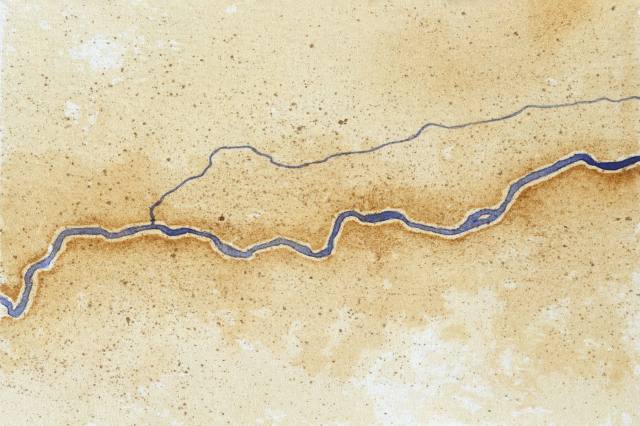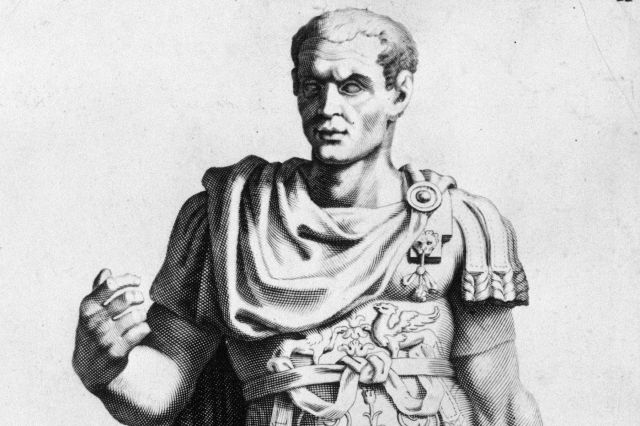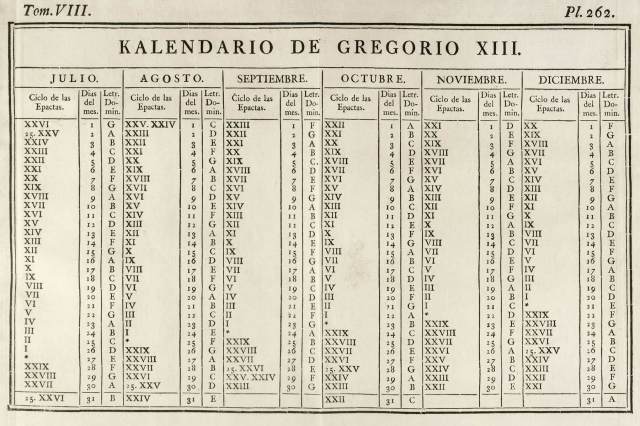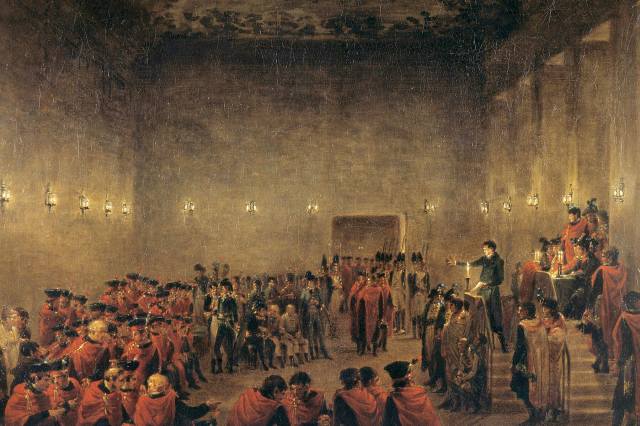The History of Calendars, in 7 Facts
The humble calendar of one of civilization’s oldest staples. The earliest means of measuring days and weeks dates back 10,000 years, and timekeeping techniques adopted by the ancient Babylonians, Egyptians, and Romans slowly evolved into the calendar we use today. Yet the emphasis here is on “slowly.” The evolution from charting moon phases to separating seasons to measuring fiscal years was one of controversy and chaos across centuries. Still, humans never stopped working to perfect how we mark the passage of time. Here’s a brief look at the fascinating history of calendars, just in time to start a new one.
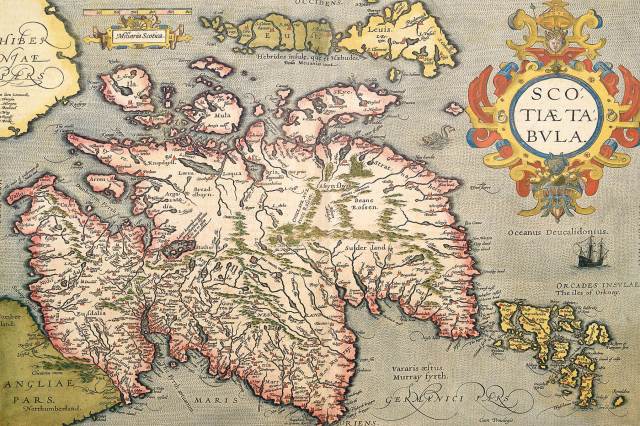
The First Known Calendar Is From Prehistoric Scotland
In 2013, British archaeologists discovered what they consider the world’s oldest calendar, dating back to around 8000 BCE. The prehistoric calendar, located at Warren Field in Scotland, consists of 12 pits believed to have contained wooden posts representing months of the year. Positioned to chart lunar phrases, the pits are aligned with the southeast horizon and were likely used by hunter-gatherer societies to track seasons. The site precedes Stonehenge by several thousand years.





